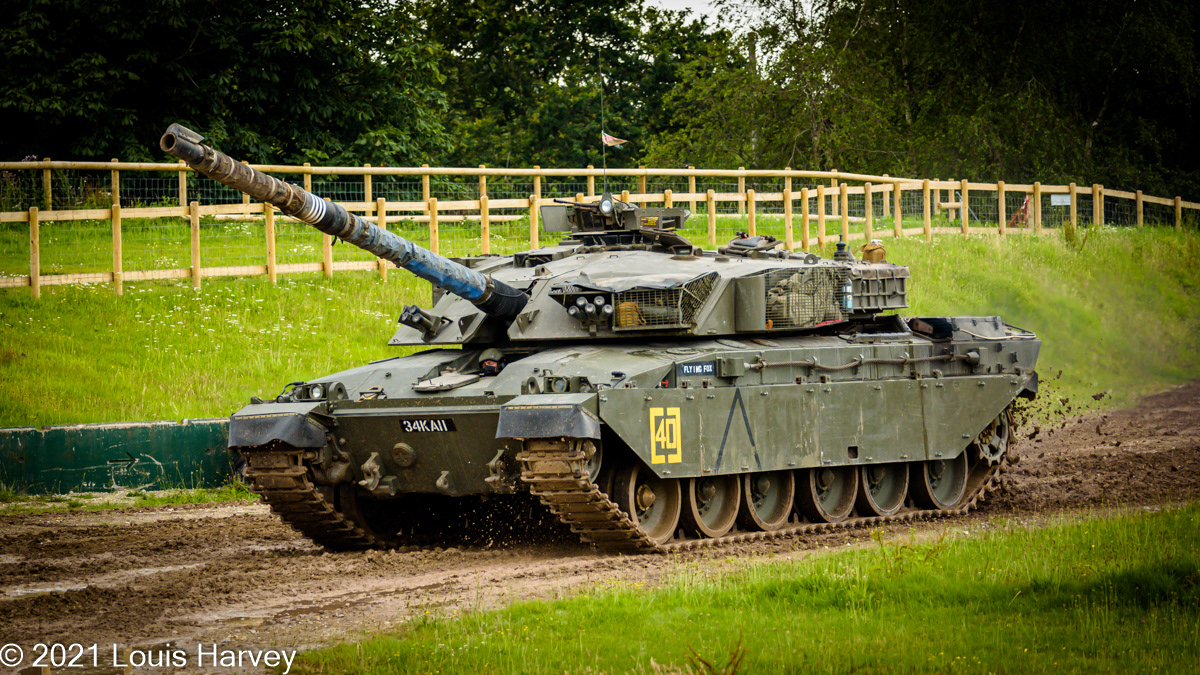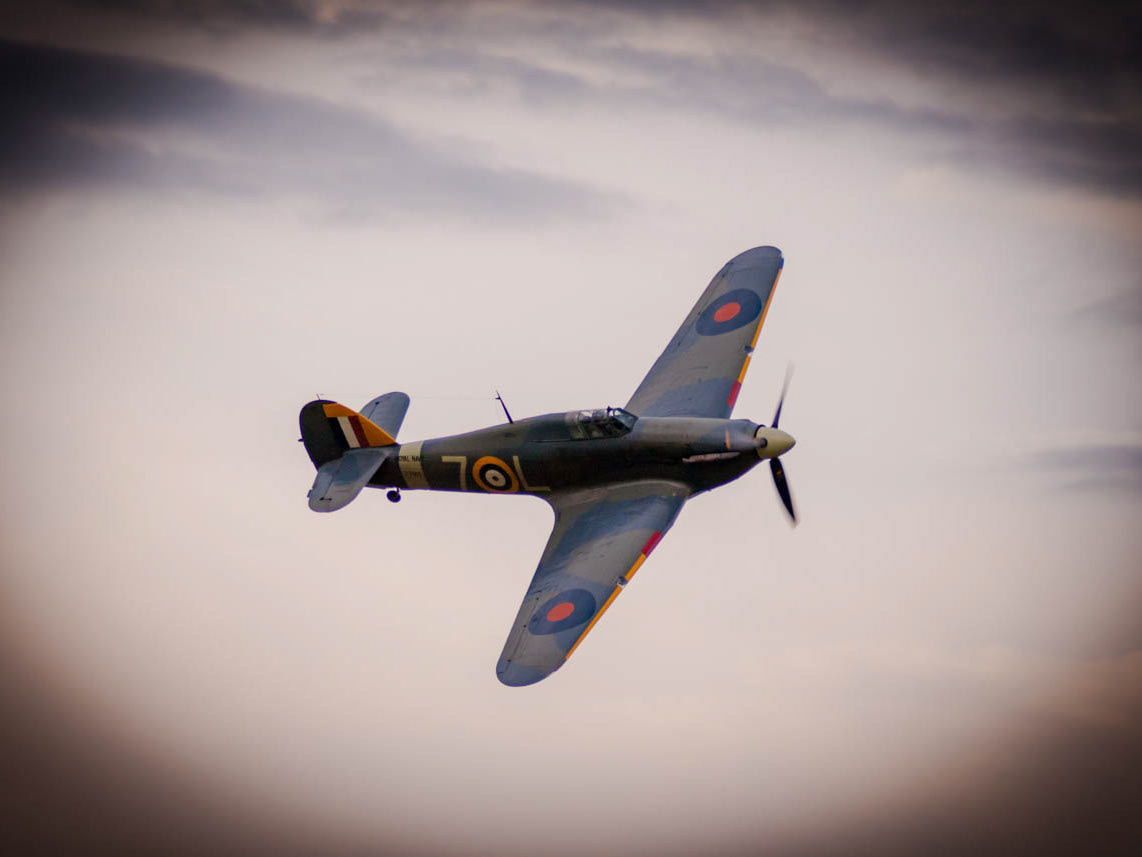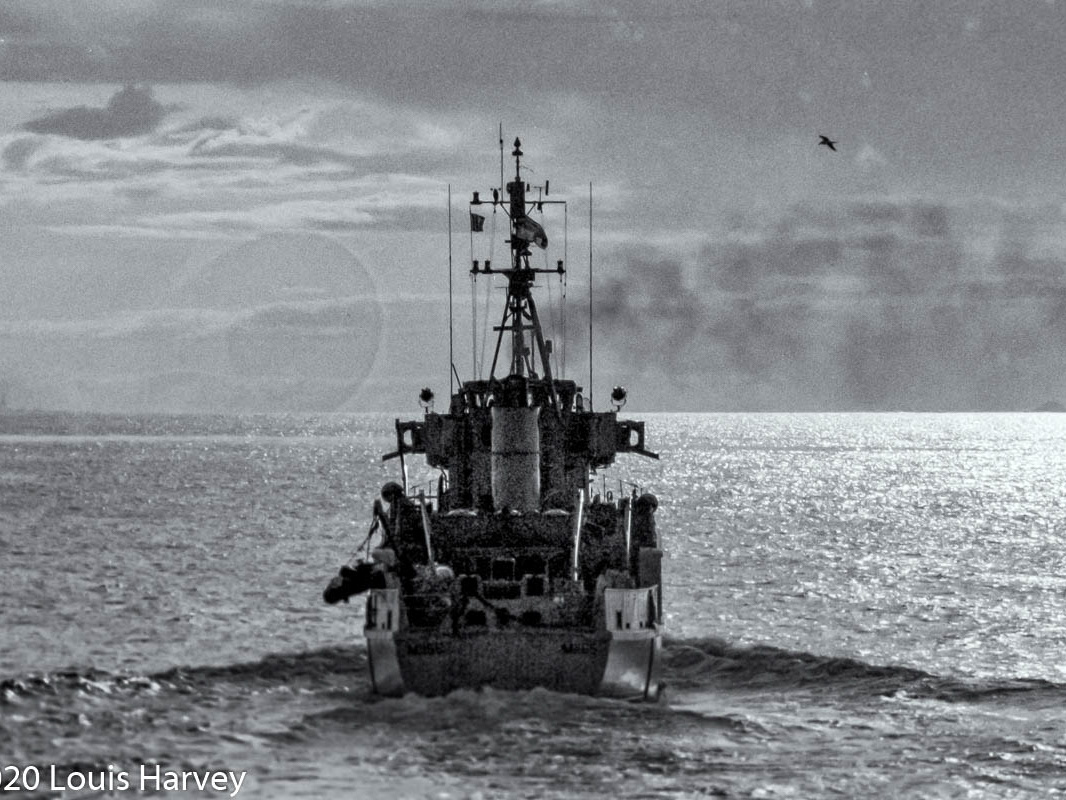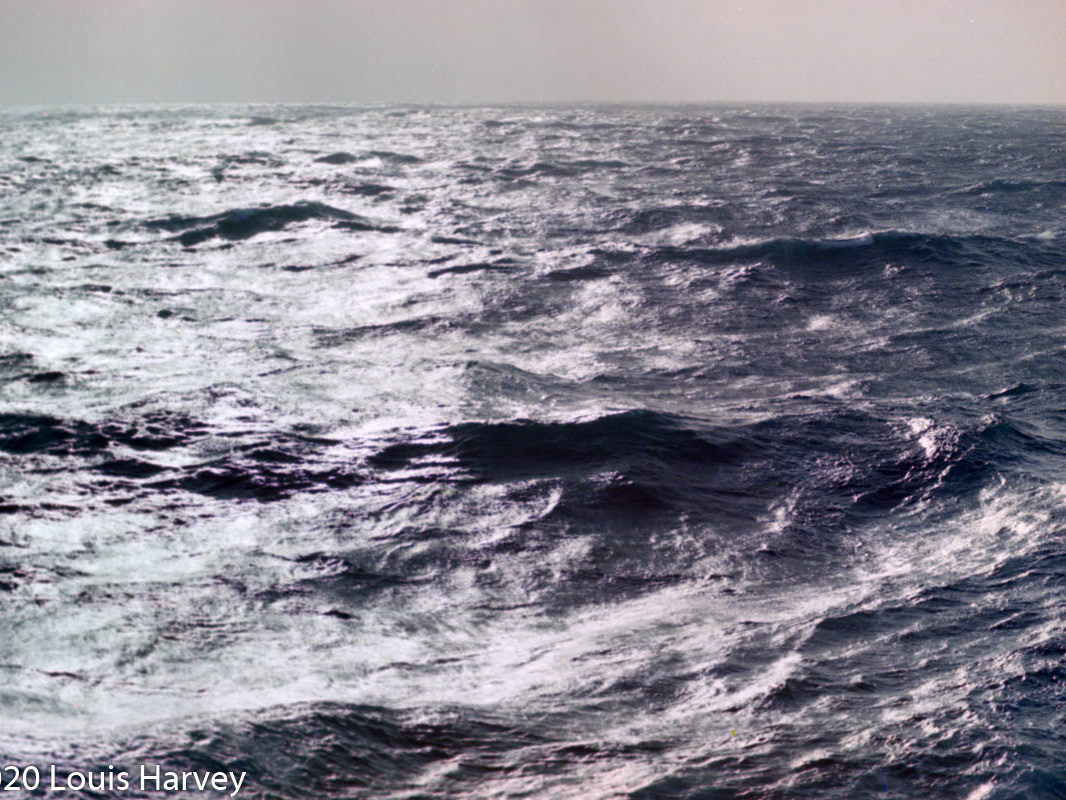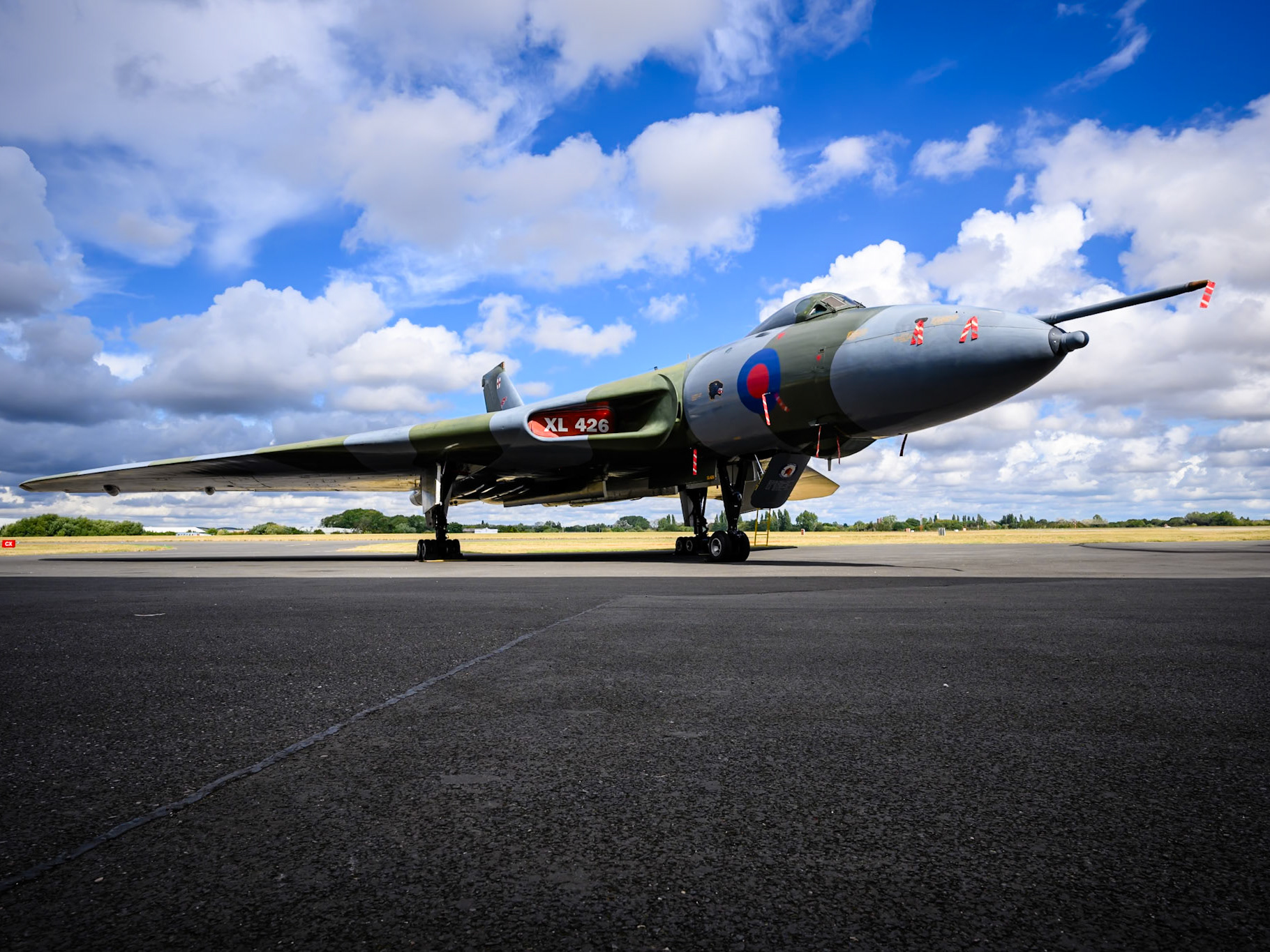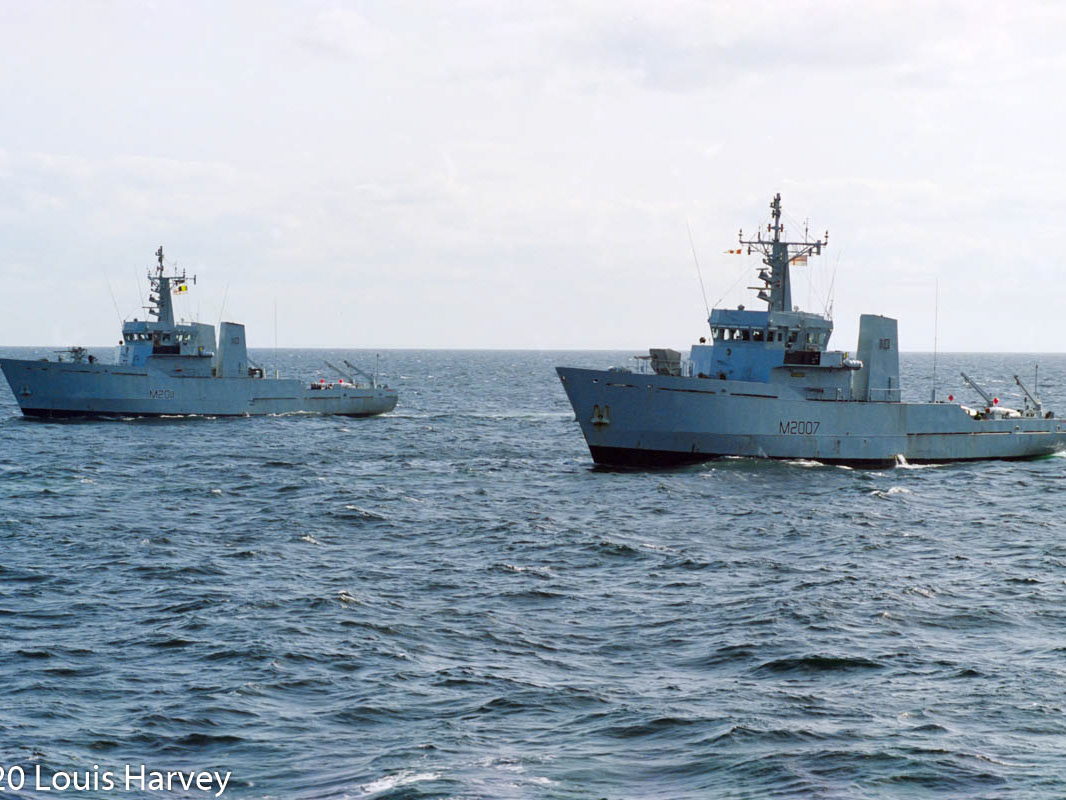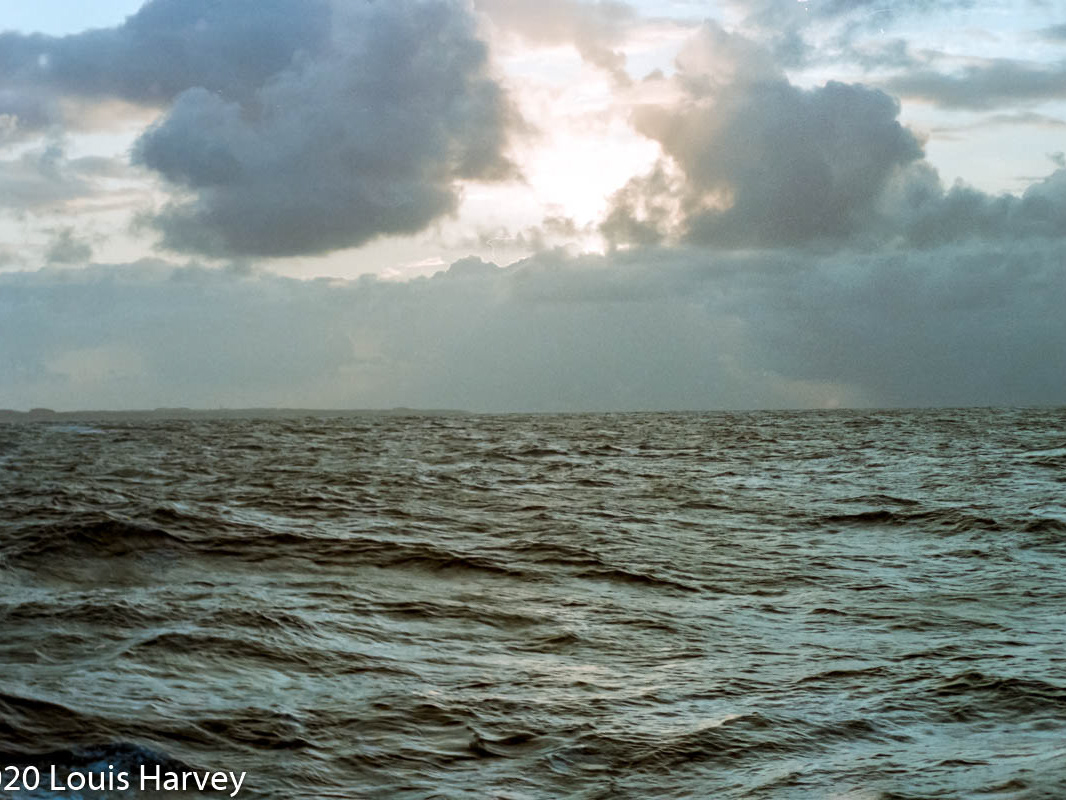The Tank Museum brings the story of tanks and their crews to life, with the world’s best collection of tanks in awe-inspiring, modern exhibitions.
The museum houses 300 military machines, representing the key battles of every major conflict since the First World War. Their moving exhibitions tell the story of this British invention; from the mud of the Somme to the beaches of Normandy and the deserts of Iraq – featuring powerful stories from the soldiers that fought in them.
Individual tank descriptions are taken from their web-site.
Please click on the button below to there.
All images taken using a Nikon D 750 with a Nikkor AF-P 70-300mm f/4.5-5.6 zoom lens mounted.
Images post processed in Adobe Lightroom and DxO Analog Efex Pro.2. Monochrome images additionally post processed using DxO Silver Efex Pro.3
Tiger Day
Twice a year the world's only German WWII Tiger I Tank that is in full working order is displayed to the public in the Kuwait Arena at Bovington, Dorset.
The Tiger I is arguably the most famous tank of the Second World War.
The impenetrable armour, powerful gun and huge size of the Tiger made it a legend in its time. It struck terror into the hearts of Allied tank crews when it first appeared in 1942. The armour was 100 mm thick at the front, making it impervious to Allied guns. Yet a shot from the 88 mm gun could penetrate 100 mm armour at ranges of up to 1,000 metres.
The tank did have its problems. It was unreliable and caught fire easily. It first went into action on the Eastern Front against Russia, then in North Africa and all other major European battlefronts.

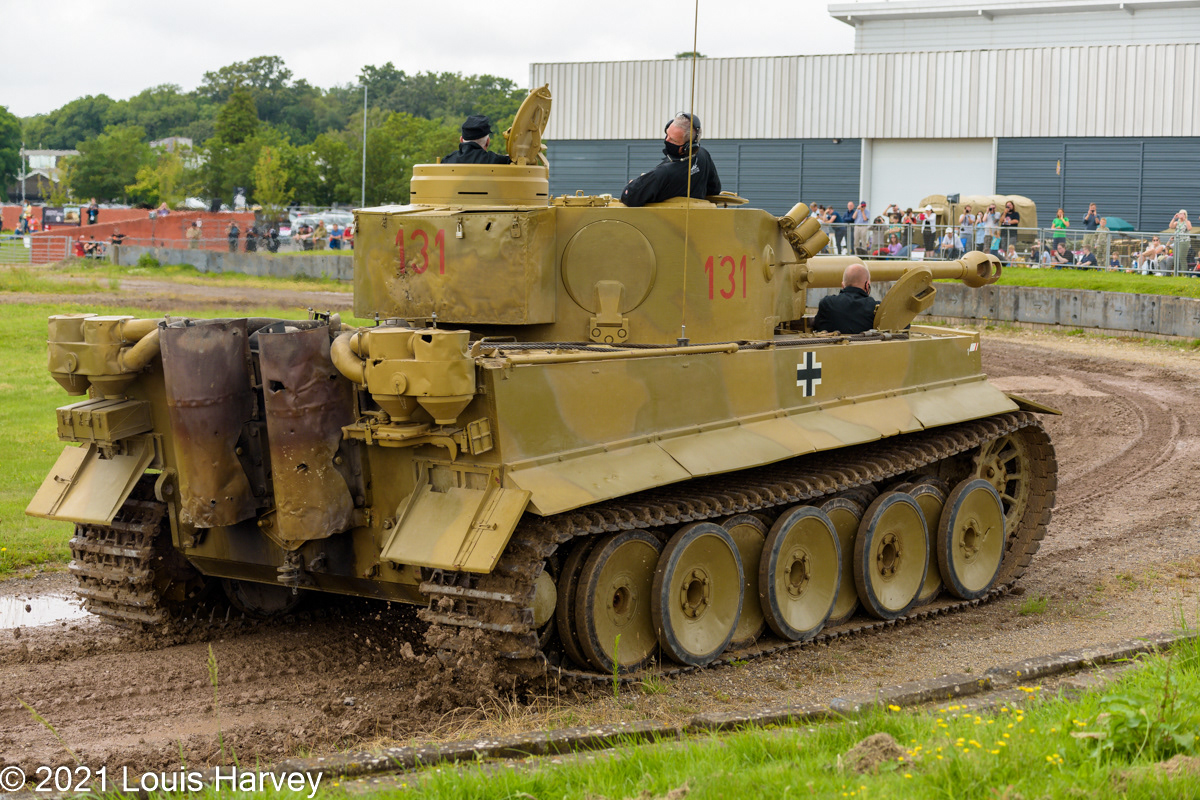
Where it all Began....
1917 British MK IV Tank
The Mark IV entered service in May 1917 and was the most prolific tank of the First World War.
The Mark IV was the first tank to be produced and used en masse. Following the modest success of the Mark I tanks on the Somme in 1916 the British Commander-in-Chief, Sir Douglas Haig, ordered 1,000 more tanks for 1917. This was a surprising act of faith in a new weapon for an officer with such a reactionary reputation.
They went into action for the first time in the summer of 1917, they were the mainstay of the Tank Corps at Cambrai in November and fought through to the end of the war with 7th and 12th Battalions of the Tank Corps. It was a male Mark IV tank which won the very first ‘Tank versus Tank’ action in April 1918 by knocking out the German A7V tank Nixe.
Six Mark IV tanks are still in existence worldwide, three can be found in the UK.
Please click the link below for more information.
'The Fury'
'Fury' is an American Sherman M4A2E8 tank. This is a late war Sherman with a long 76 mm gun and improved suspension. It features a new shaped hull and enlarged turret. This particular unit starred in the 2014 Hollywood movie 'Fury' alongside Brad Pitt.

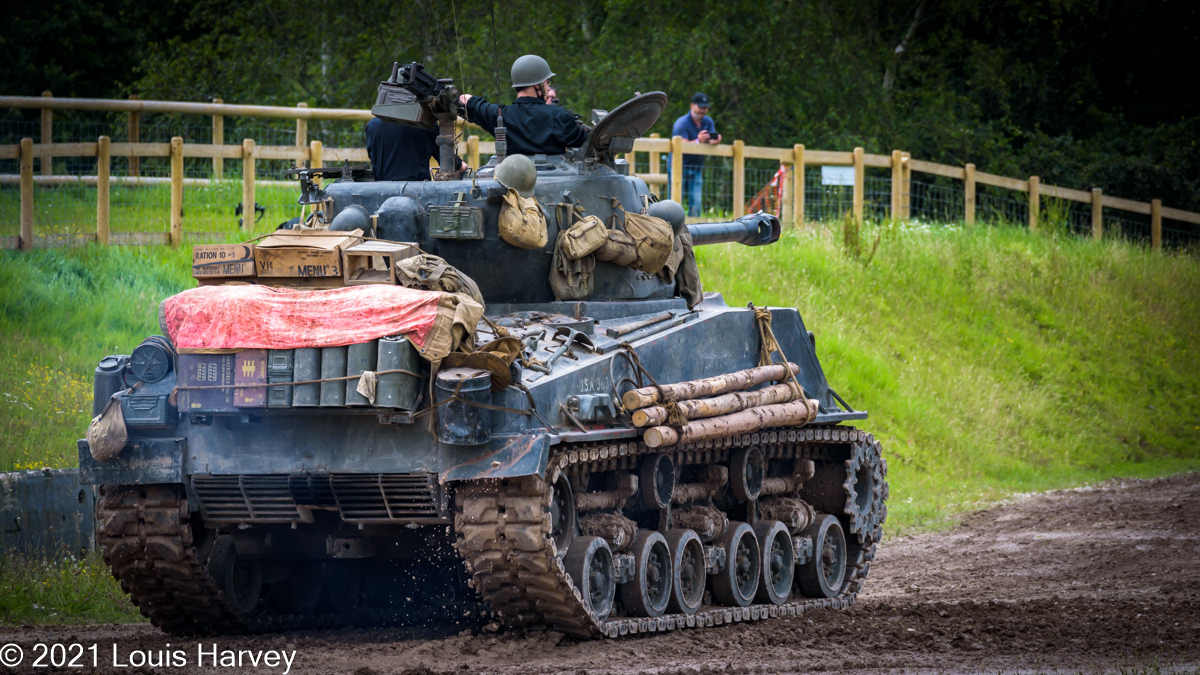
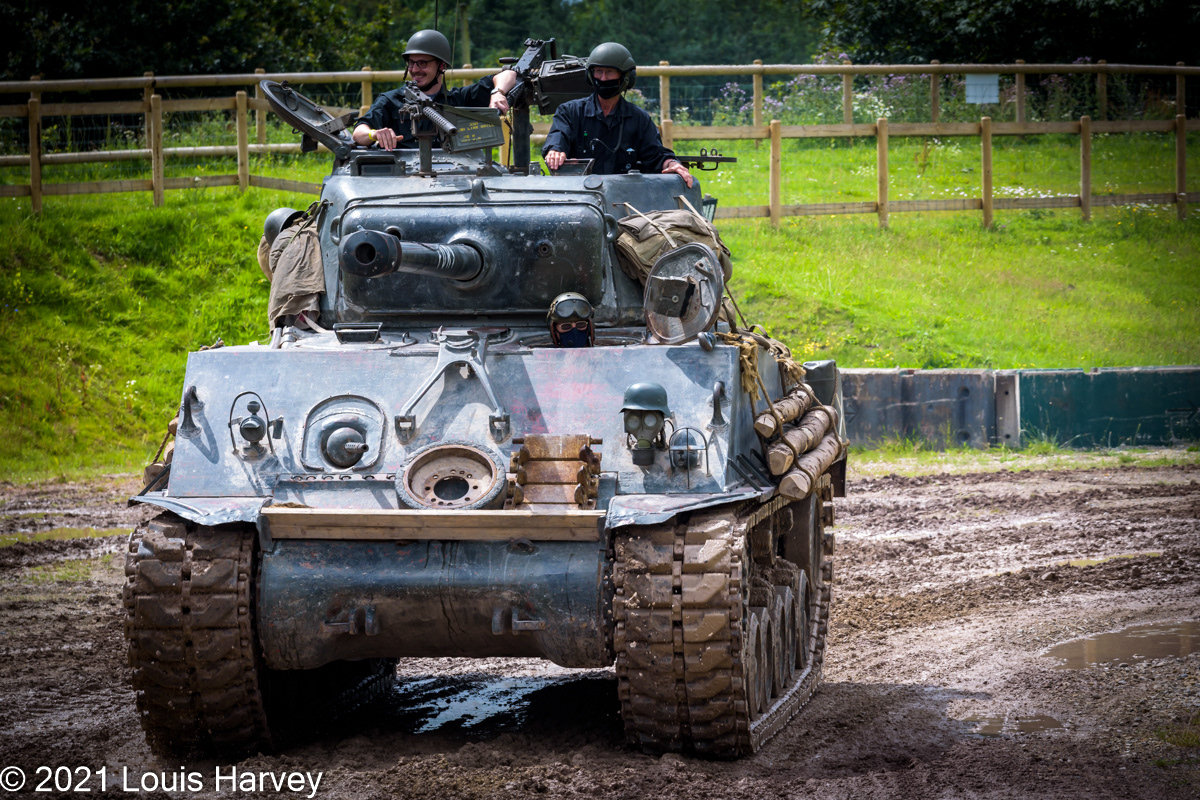
Russian T-34/85 Tank
One of the most successful tanks of the Second World War. Most nations underestimated the scale and quality of Soviet tank production before World War II, and the Germans were no exception. They were certainly not prepared for the T-34 which they encountered during the 1941 invasion. The T-34 had evolved from earlier designs in 1940, all of which featured the American Christie suspension system. What set the T-34 apart was the skilful use of sloped armour to increase the effective thickness and deflect shot.
The Tank Museum’s is a T-34/85.
This tank is a post-war model with improved transmission, fire control system armour and vision equipment. It was captured from Chinese Communist forces during the Korean War and returned to Britain for evaluation.
Please click the button below to go to the Tank Museum.



Japanese WWII Type 95 Ha-Go Tank
The Type 95 Ha-Gō, also known as the Ke-Go was a light tank used by the Empire of Japan during the Second Sino-Japanese War, at Nomonhan against the Soviet Union, and in the Second World War. It proved sufficient against infantry but, like the American M3 Stuart light tank, was not designed to combat other tanks. Approximately 2,300 were produced, making it the most numerous Japanese armoured fighting vehicle of the Second World War.
Only two operational tanks exist today, of which this is one owned by private collector Oliver Barnham. he spent over ten years returning this to full running order. Almost all original features have been retained, including the engine.
Please click the button below for more detailed information.

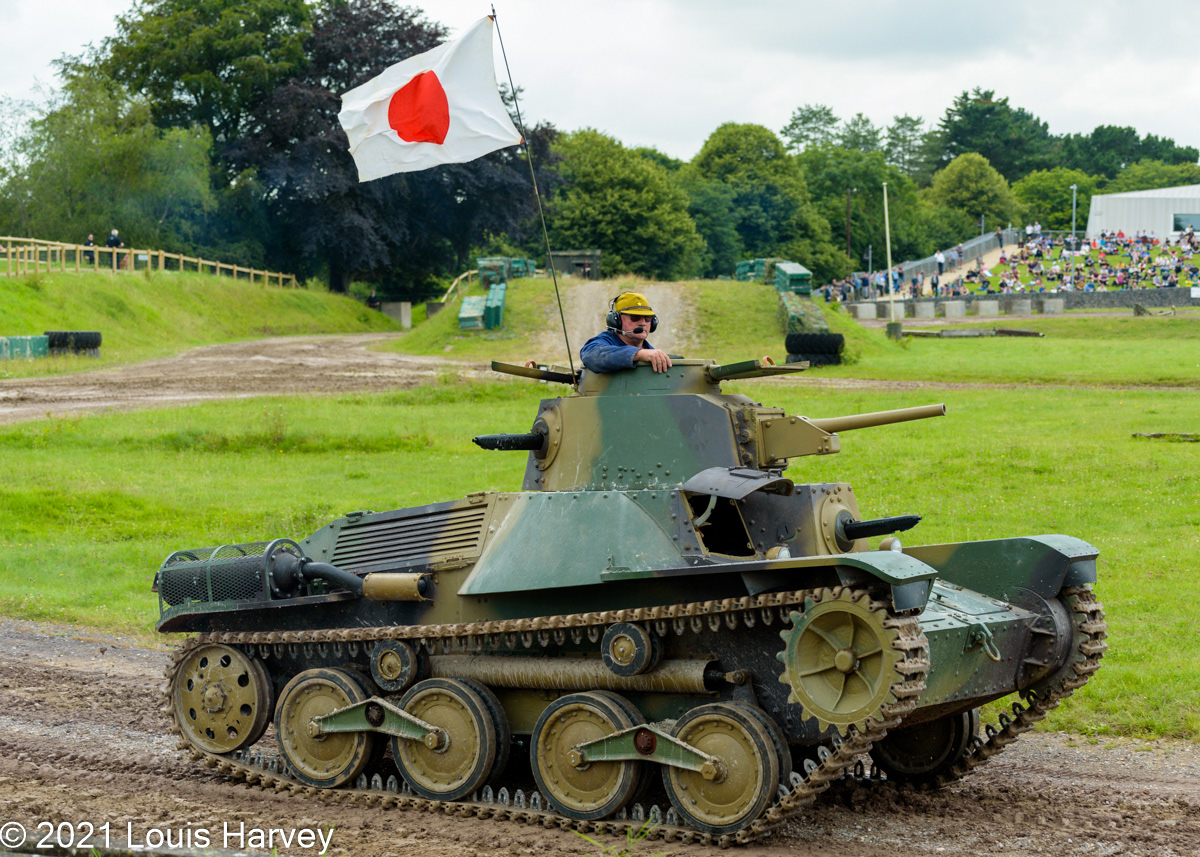
American WWII Stuart IV (Light Tank M3A1)
The M3 was the first US tank used by the British, and has since seen action with numerous countries around the world.
Prototypes of what became the Light Tank M3 first appeared in 1933. These evolved and were standardised by 1940. Mass production techniques resulted in high standards of reliability, according to legend, led to it being given the nickname “Honey” by a young British tankie.
The M3 began arriving in North Africa in July 1941. While it was popular, its armour and firepower were soon outmatched. It was also difficult to fight from, as the drive shaft cover bisects the fighting compartment, making it awkward to traverse the turret. This required the addition of an internal turret basket, so the crew could go round with the gun.
Later in the war, the Stuart was relegated to reconnaissance roles once other tanks, such as the Sherman, became available. Some countries used the Stuart until the 1980s, and it is still on the active list for the Armed Forces of Paraguay.
The Museum’s Stuart is a hybrid, featuring an M3 hull and an M3A1 turret, which has had the raised cupola removed. It is one of the 211 fitted with the Gulberson T-1020 diesel engine rather than the petrol engine. It was donated to the Museum by the Brazilian Army in 1990.
Please click on the button below to see more information.
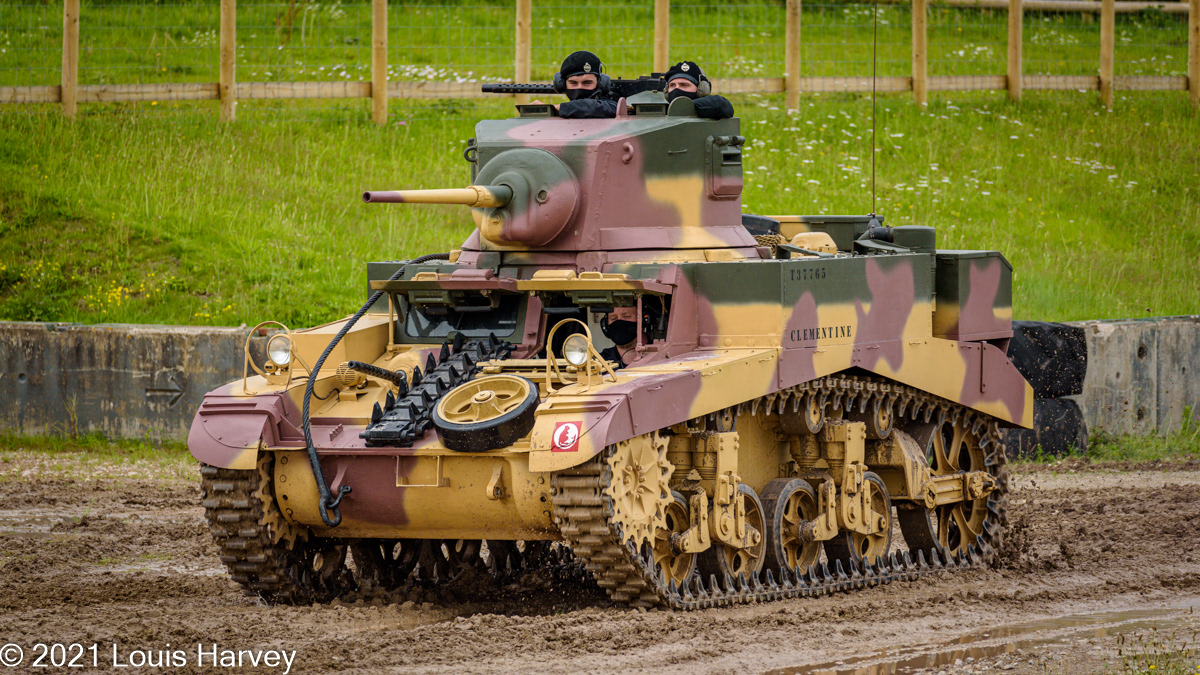
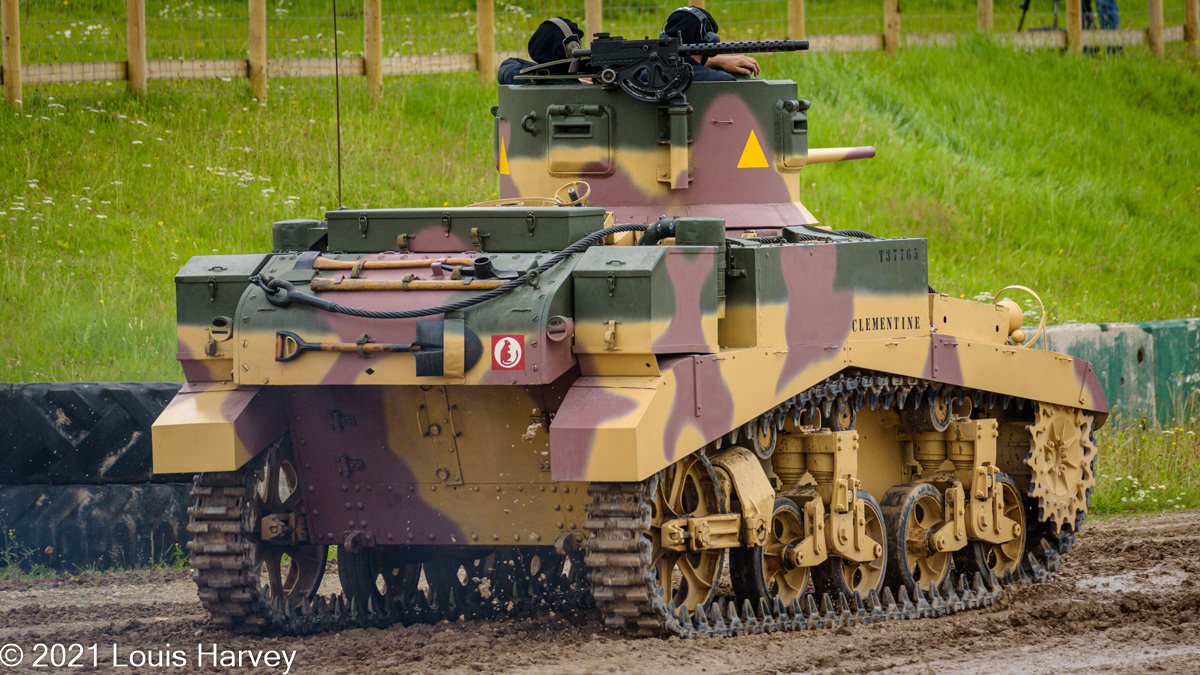
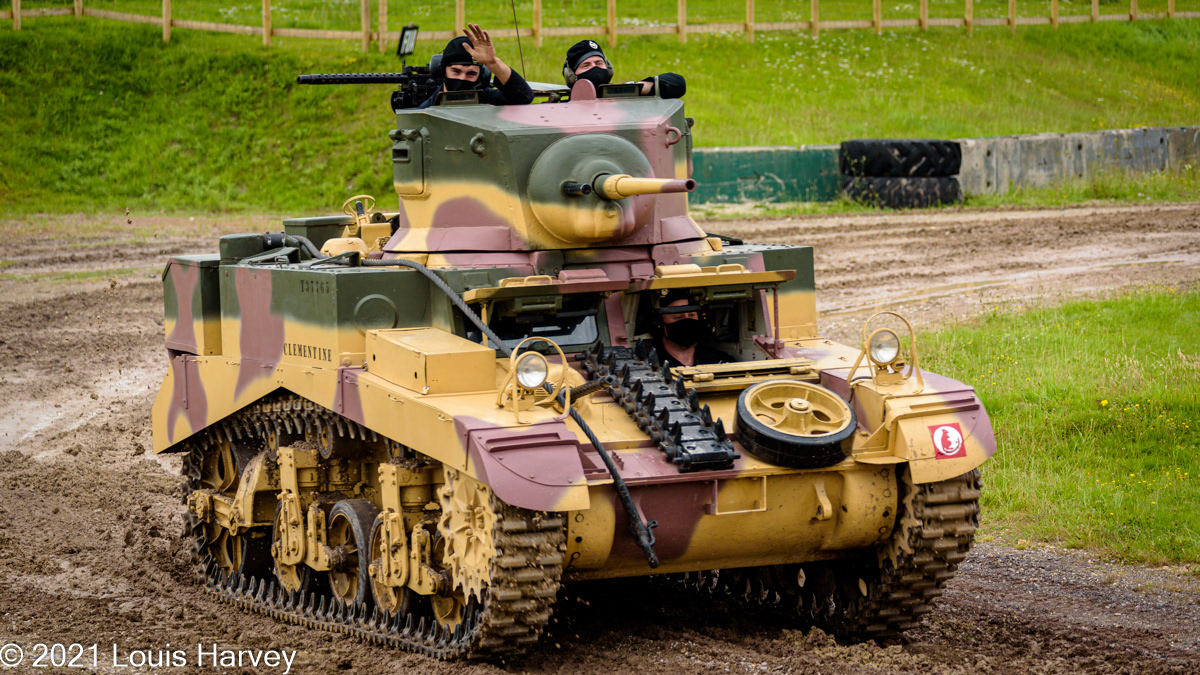
American WWII Sherman M4A2 Tank ("Belle")
The M4 Sherman, officially Medium Tank, M4, was the most widely used medium tank by the United States and Western Allies in World War II. The M4 Sherman proved to be reliable, relatively cheap to produce, and available in great numbers. It was also the basis of several successful tank destroyers, such as the M10, 17pdr SP Achilles and M36B1. Tens of thousands were distributed through the Lend-Lease program to the British Commonwealth and Soviet Union.
Please click on the link below for more information.
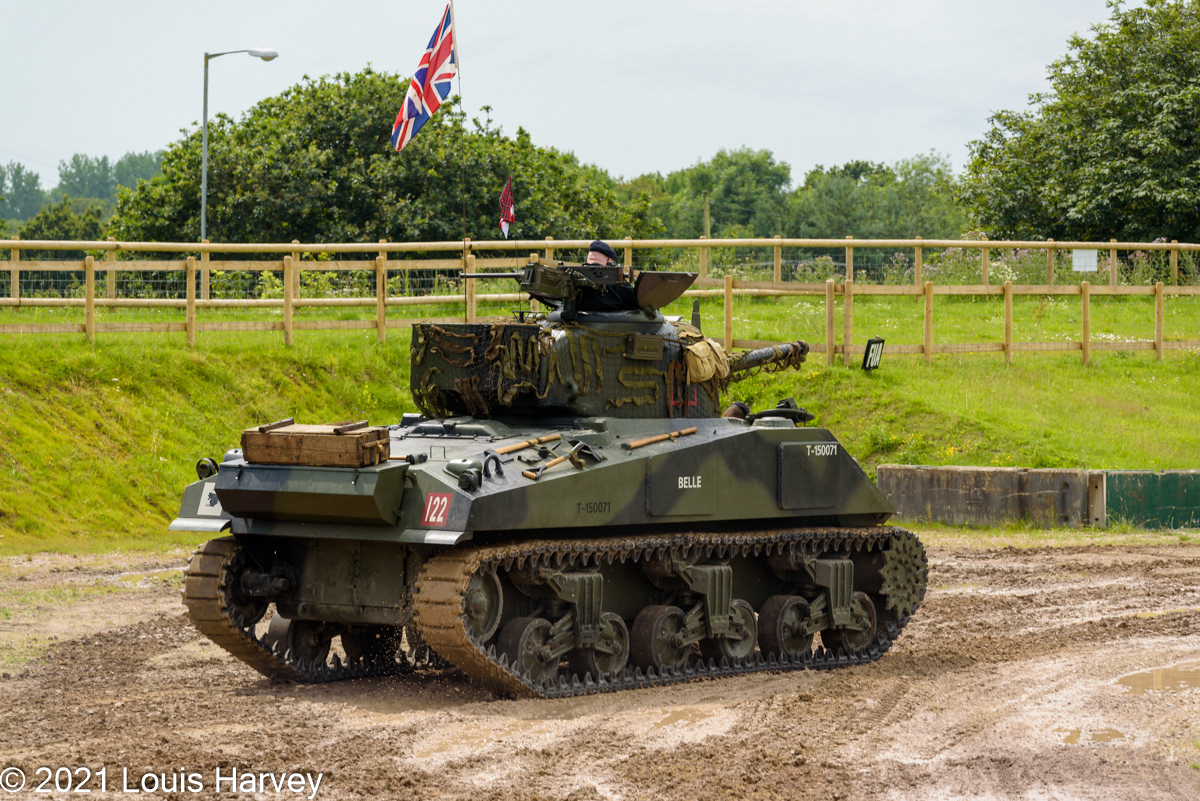
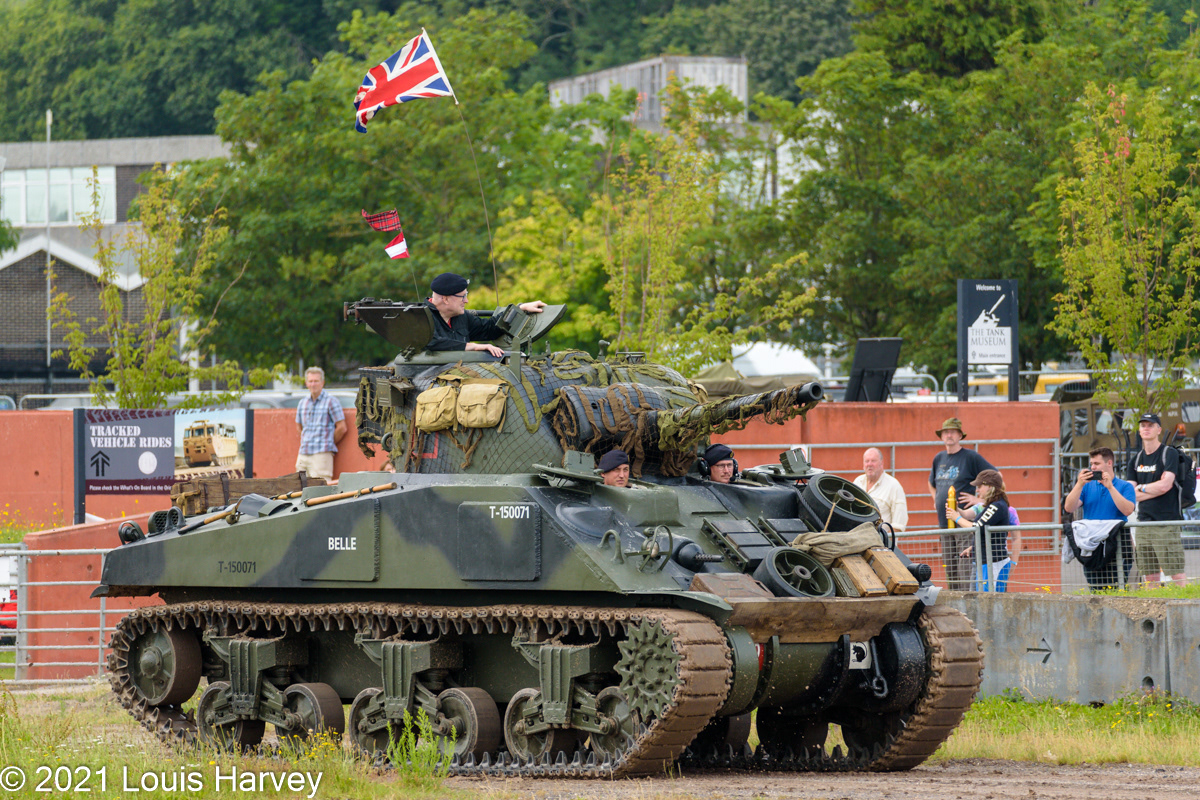


British WWII Matilda II
(A12 Infantry Tank Mark II, Matilda IIA)
The Matilda II was dominant in the Western Desert battlefield between the autumn of 1940 and the spring of 1941.
The Matilda II first saw action at the Battle of Arras in 1940 and was the only British tank used throughout the Second World War. In North Africa their thick armour earned them the nickname ‘Queen of the Desert.’ However, they proved vulnerable as more powerful German guns appeared. They were last used by the British in June 1942, although the Australians in New Guinea kept them until the end of the war.
Please click on the button below for more information.
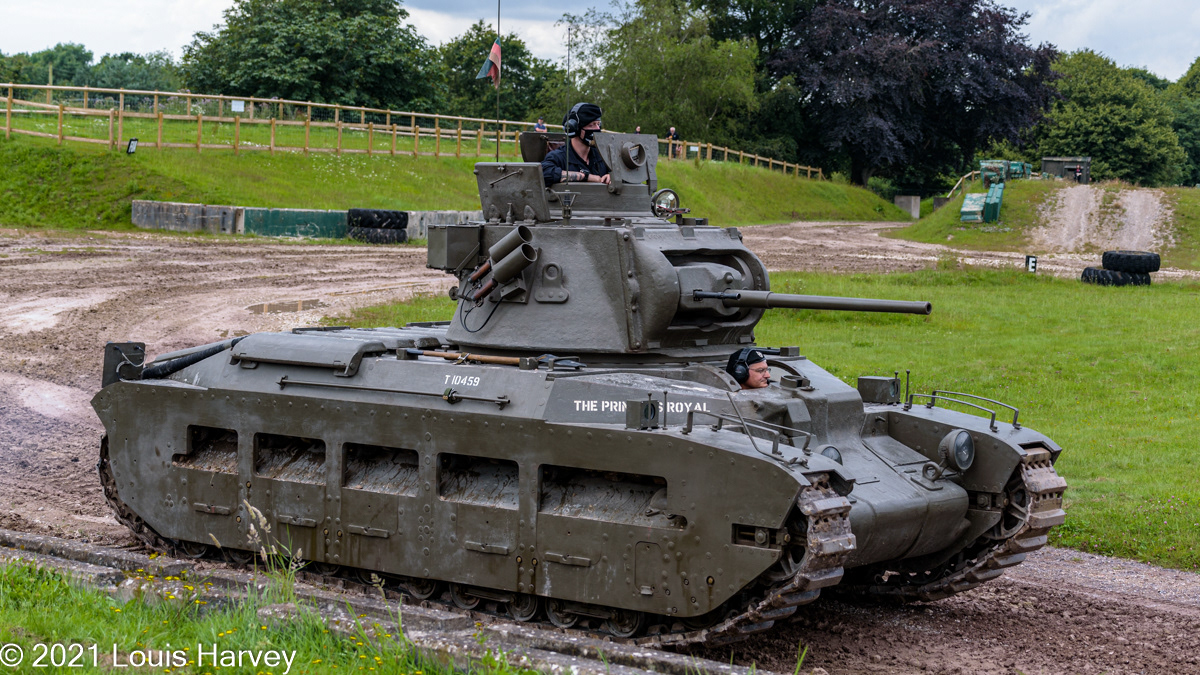

The Comet (British WWII Tank Cruiser A34)
The Comet tank or Tank, Cruiser, Comet I was a British cruiser tank that first saw use near the end of the Second World War, during the Western Allied invasion of Germany. It is often described as the best British tank of WWII.
The Comet was developed from the earlier Cromwell tank and mounted the new 17 pdr High Velocity gun, in a lower profile, partly-cast turret. This gun was effective against late-war German tanks, including the Panther at medium range, and the Tiger. As it only entered service in early 1945 it did not play a prominent part in the war.
Please click on the button below for more information.
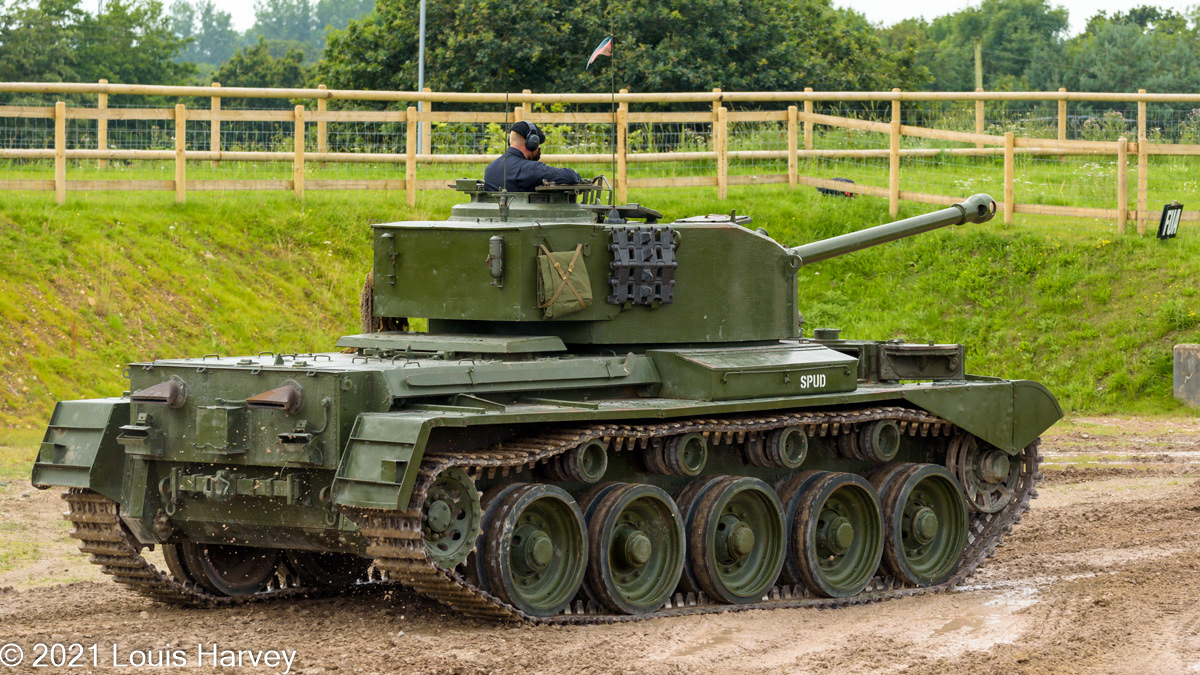


Chinese Type 59 Tank (Circa 1959)
The Type 59 main battle tank is a Chinese-produced version of the Soviet T-54A tank, an early model of the ubiquitous T-54/55 series. The first vehicles were produced in 1958 and it was accepted into service in 1959, with serial production beginning in 1963. Over 10,000 of the tanks were produced by the time production ended in 1985 with approximately 5,500 serving with the Chinese armed forces. The tank formed the backbone of the Chinese People's Liberation Army until the early 2000s with an estimated 5,000 of the later Type 59-I and Type 59-II variants in service in 2002.
Please click the button below for more information.



German Leopard I Tank
The Leopard (or Leopard 1) is a main battle tank designed and produced by Porsche in West Germany that first entered service in 1965. Developed in an era when HEAT warheads were thought to make conventional heavy armour of limited value, the Leopard focused on firepower in the form of the German-built version of the British L7 105-mm gun, and improved cross-country performance that was unmatched by other designs of the era.
The design started as a collaborative project during the 1950s between West Germany and France, and later joined by Italy,[1] but the partnership ended shortly after and the final design was ordered by the Bundeswehr, with full-scale production starting in 1965. In total, 6,485 Leopard tanks have been built, of which 4,744 were battle tanks and 1,741 were utility and anti-aircraft variants, not including 80 prototypes and pre-series vehicles.
The Leopard quickly became a standard of many European militaries, and eventually served as the main battle tank in over a dozen countries worldwide, with West Germany, Italy and the Netherlands being the largest operators until their retirement. Since 1990, the Leopard 1 has gradually been relegated to secondary roles in most armies. In the German Army, the Leopard 1 was completely phased out in 2003 by the Leopard 2, while Leopard 1-based vehicles are still widely used in utility roles. The Leopard 2 has replaced the Leopard 1 in service with many other nations as well, with derived vehicles using the Leopard 1 hull still seeing service. Currently, the largest operators are Greece, with 520 vehicles, Turkey, with 397 vehicles and Brazil with 378 vehicles. Most of these vehicles have been upgraded with various improvements to armour, firepower and sensors to maintain their ability to engage modern threats.
This particular tank was donated to the museum by the Canadian Armed forces.
Please click on the button below for more information.

Russian T-72 Tank
The T-72 is a family of Soviet/Russian main battle tanks that first entered production in 1971.[10] About 25,000 T-72 tanks have been built, and refurbishment has enabled many to remain in service for decades.[11][12] The early T-72 versions are considered as second-generation main battle tanks. It was widely exported and saw service in 40 countries and in numerous conflicts.
This example was captured in Iraq in 2003.


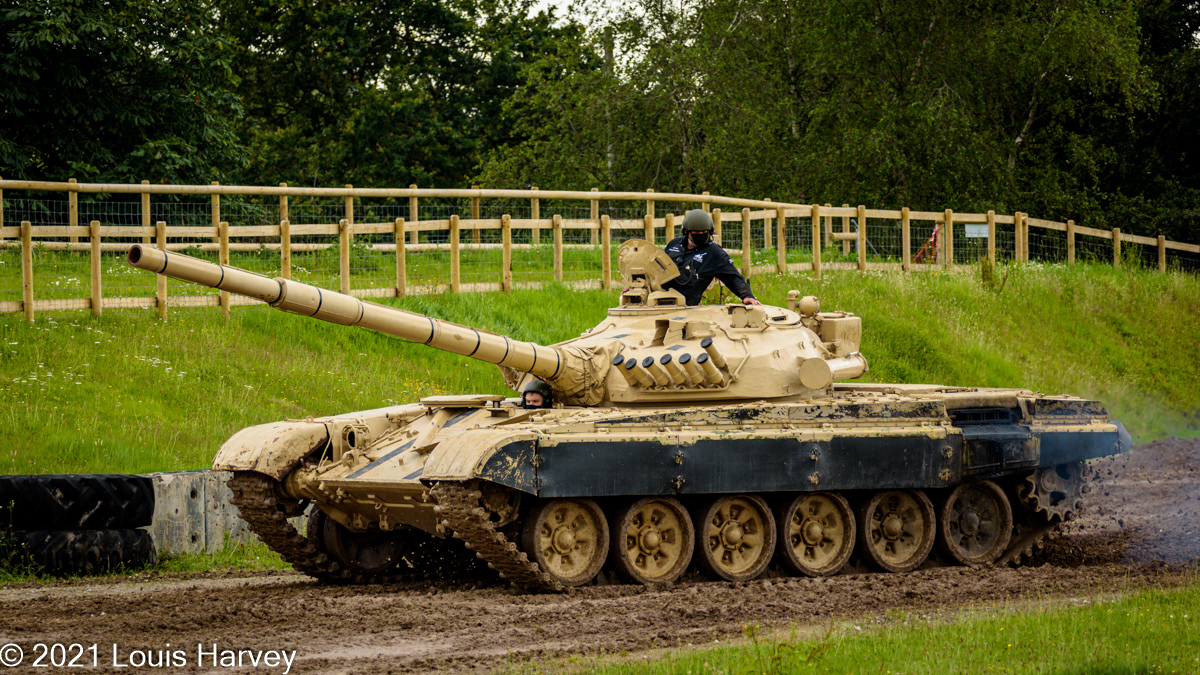
British Challenger 1 Tank (1983)
The FV4030/4 Challenger 1 is a British main battle tank (MBT) used by the British Army from 1983 to 2001, when it was superseded by the Challenger 2.

